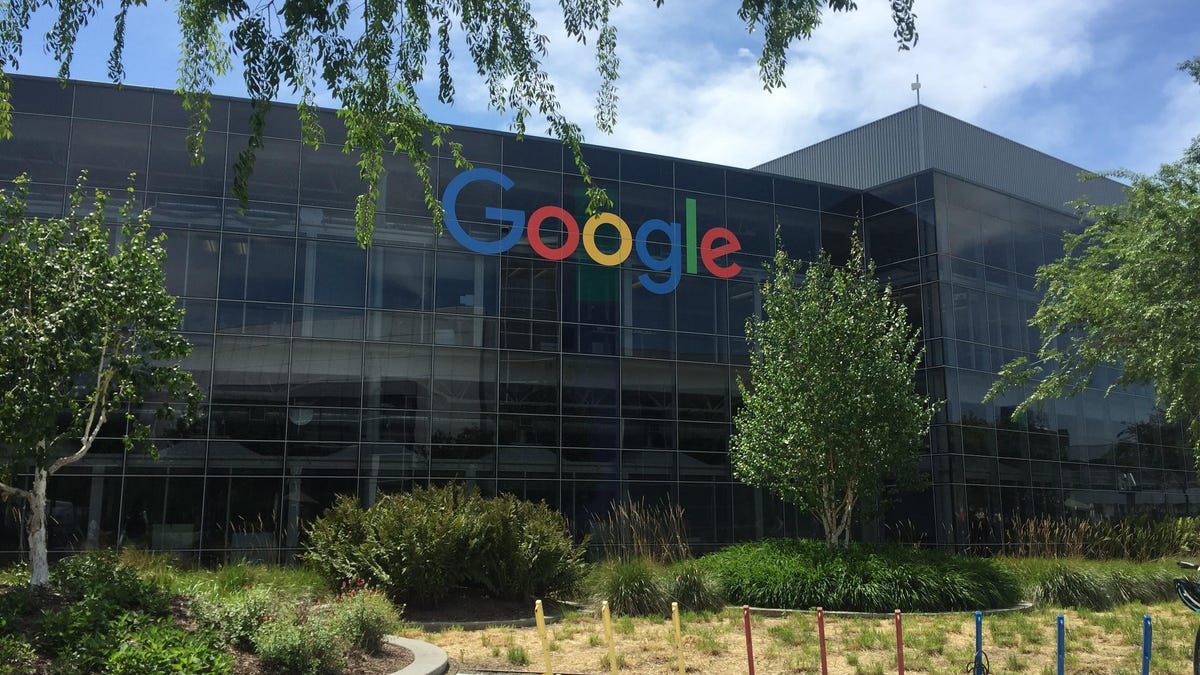Google adds more flexibility to its return-to-office policies
The company says it expects 20% of its employees to work from home permanently.

Google headquarters in Mountain View, California.
Google on Wednesday said it's offering employees more options as the company begins to welcome workers back into offices, including giving some employees the ability to work from home permanently.
In December, CEO Sundar Pichai announced a plan for a hybrid work model, with employees typically coming into the office three days a week. On Wednesday, Pichai told employees in a memo that he expects 20% of the company to permanently work remotely.
The company said another 20% of employees could work from a Google office other than their normally assigned one if they wanted to. The other 60% would be working from their normal office campus a few days a week.
Google was one of the first big companies to let its massive employee base work from home when the coronavirus pandemic took hold. The company won't require employees to return to offices in any capacity until September of this year.
Other tech companies have also been rethinking what work at the office could look like after the pandemic. Facebook CEO Mark Zuckerberg said last year that the social-networking giant will allow some employees to work from home permanently. He said about half of Facebook's workforce could work remotely over the next five to 10 years. Twitter made a similar announcement, and CEO Jack Dorsey also extended the policy to his other company, mobile-payments firm Square.
Google last week showed off new features it has planned for its offices in a post-pandemic work environment. They include inflatable balloon walls, standing desks that conform to the preferences of individual workers with the swipe of an employee badge, and outdoor camp-style work spaces.

